Description
From the action-packed days of the Old West, Pecos County, Texas has had the kind of history that legend is built on. Look deep in the bank of the Pecos River, or in the sprawling mesas or greasewood plains, and you’ll find the blood and grit of peoples who hewed this land from unyielding wilderness. Situated midway along and west of the Pecos, this is the second-largest county in Texas. Pecos County was first explored by several Spanish expeditions in the 16th and 17th centuries. By the 1700s Comanche Indian war parties were splashing across Horsehead Crossing on the Pecos en route to haciendas ripe for plunder in Mexico. Horsehead, located thirty-four miles northeast of present Fort Stockton, was fated to become the most infamous ford of the Old West. The Comanche War Trail, as it was known, crossed at Horsehead and cut a bloody swath through Pecos County.
With the founding of the military post Fort Stockton in 1859, the Indian menace had gradually faded by the 1880s. However, another threat soon took its place. Outlaws and gunfighters were haunting the county, preying on cattle outfits, settlers, and emigrants. The 1890s was a decade that found Pecos County men like A.J. Royal and Barney Riggs walking both sides of the law.
In 1869 and 1870, Cesario Torres, his brother Bernardo, and Felis Garza constructed an irrigation ditch from Comanche Springs to their three separate farms. They were among the first persons of Mexican heritage to rise to prominence in Pecos County, but many other Hispanics followed in their wake. Irrigation from the Pecos spawned extensive fields along the river, while Leon Valley also drew the attention of farmers. Soon farming was joined by ranching as the county’s major industries. With the establishment of the military post and the opening of several major cattle trails through and adjoining Pecos County, the region soon became a major ranching center.
Black gold brought new lifeblood to Pecos County in the mid-1920s, when Ira and Ann Yates struck oil near present day Iraan. Despite the up-and-down oil prices, the petroleum industry remained an important part of Pecos County’s economy on into the twenty-first century.
Visionary, determined, and resilient, Pecos County has always demanded such traits of its peoples, who took a raw wilderness and carved homes and hope from it. Perhaps in the twenty-first century these rugged individualists will write an even greater chapter in this land’s story.
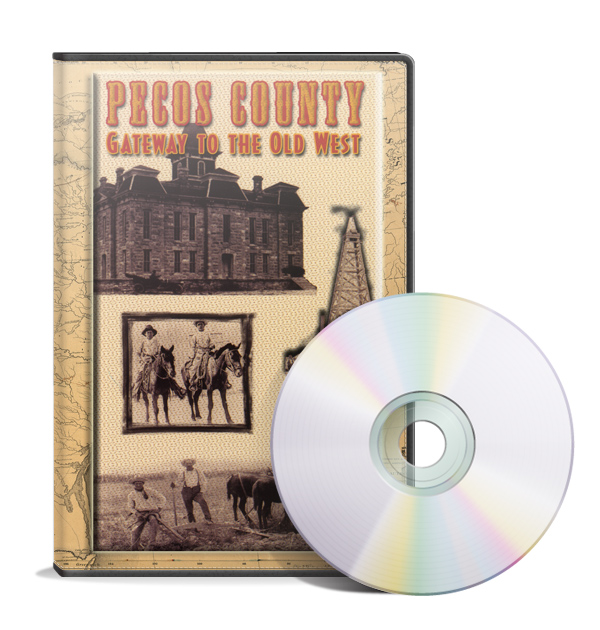
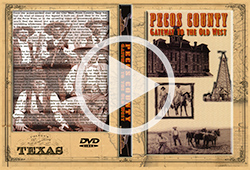
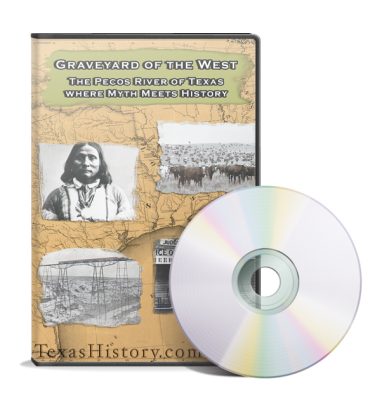
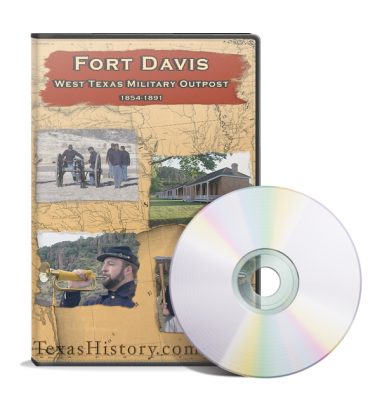
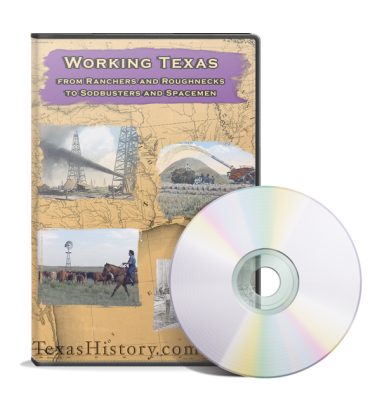
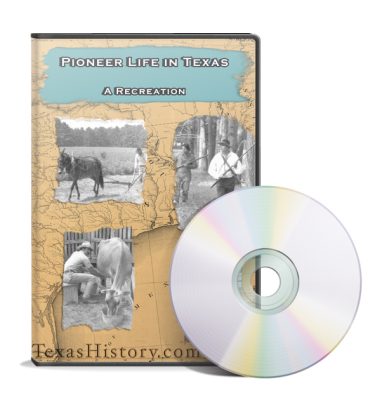

There are no reviews yet.